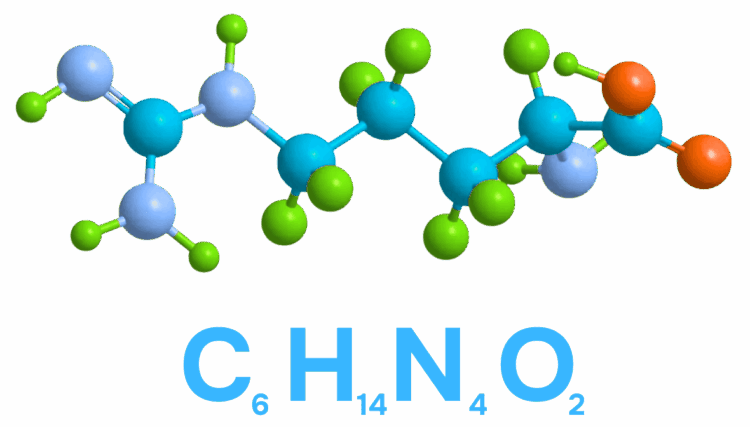
The story of the discovery: from a plant to the Nobel Prize in Medicine
In 1886, two German chemists, Ernst Schulze and Ernst Steiger, isolated a new substance from young yellow lupine shoots for the first time. They named it “arginine,” inspired by the Greek word “argyros,” meaning “silver,” because of the shiny crystals they obtained during the purification process. At the time, the potential of this molecule was still unknown. It would take decades of research to determine its complete chemical structure and understand its role in human metabolism.
A turning point came in 1998, when three scientists—Furchgott, Ignarro, and Murad—received the Nobel Prize for demonstrating how nitric oxide, produced from L-arginine, acts as a chemical messenger for vasodilation. It was a discovery that changed our understanding of cardiovascular physiology and opened up new therapeutic scenarios.
Since then, scientific interest has not stopped. Today, L-arginine is the subject of studies in fields ranging from immunology to neurology, from sports medicine to oncology. Every year, new evidence emerges confirming its multifunctional role and effectiveness in specific conditions, such as hypertension, erectile dysfunction, pregnancy complications, and metabolic syndrome.
From the workshop to the laboratory, from intuition to applied science: the story of L-arginine is one of continuity, evolution, and rediscovery, still far from its final chapter.

What is L-arginine?
Technically, it is an amino acid, but that definition alone is not enough. L-arginine is a “semi-essential” molecule: the human body can synthesize it, but under certain conditions—such as stress, trauma, or accelerated growth—an external supply becomes necessary. It is classified as one of the most versatile amino acids, thanks to its chemical structure, which makes it highly soluble and bioavailable, especially in its free form.
The prefix “L” is not a technical quirk, but indicates the biologically active conformation, which the body more easily recognizes and uses. At the molecular level, L-arginine is distinguished by the presence of the guanidine group, the true heart of its activity, capable of binding to numerous receptors and activating cascade reactions.
L-arginine: Uses
L-arginine is an internal regulator capable of activating complex and adaptive responses in various systems of the body. Its role is not limited to protein synthesis: it actively participates in the synthesis of nitric oxide, a signaling molecule that regulates vascular tone and contributes to endothelial health
It is involved in the urea cycle, where it facilitates the elimination of ammonia, a toxic substance derived from protein metabolism. But its influence also extends to the immune system, where it acts as “fuel” for T cells, which are essential in the response to infections. It also plays a role in energy metabolism, healing, and hormone secretion.
When and why it can become important
Even if the body is able to produce L-arginine independently, there are conditions in which this capacity is not sufficient. In medicine, it is referred to as a “semi-essential amino acid”: endogenous synthesis only covers requirements when the body is in a state of equilibrium. In the presence of intense physical stress, trauma, infections, burns, or during convalescence, demand exceeds natural availability and external supplementation becomes crucial.
The same applies at an early age, when biochemical mechanisms are not yet fully mature, or in old age, when they slow down. Even in athletes or people with chronic diseases, the balance can be disrupted. In these cases, L-arginine supplementation helps metabolic compensation.
Sources of L-arginine: food and internal production
L-arginine enters the body through two main routes: endogenous synthesis and nutrition. Under normal conditions, the small intestine and kidneys work together to produce it from other amino acids such as glutamine and citrulline. However, when biological demand exceeds internal capacity, the body relies on external sources.
Among the richest foods are red meat, chicken, turkey, fish, dairy products, eggs, legumes, nuts, and oilseeds. Whole grains and soybeans are also good plant sources. It is a silent but constant presence in many balanced diets.
However, the amount available in food can vary significantly depending on cooking methods, the quality of raw materials, and eating habits. In contexts of high physiological demand, supplementation in free form can offer faster and more effective absorption, overcoming the limitations of digestion and metabolic conversions.
